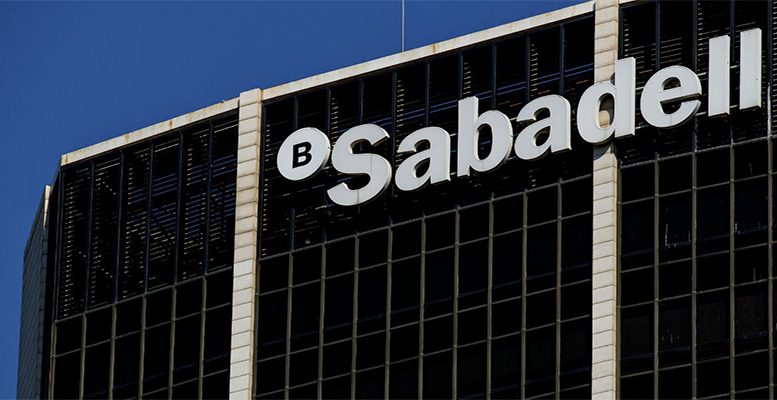Particularly affected by the Brexit vote, due to its UK exposure, Sabadell’s share price has moved sideways and accumulated underperformance vis-à-vis the broader sector until the US election. As reported by Carax-Alphavalue, the latter’s outcome was “rapidly digested”, freeing the stock’s upside potential which has regained a large portion of the lost ground.
However, analysts at the house point the geographic refocusing following the early March sale of the group’s Florida banking subsidiary United Bank at accretive financial conditions “was welcomed by the market and corresponded to an acceleration in the share price recovery momentum.”
Upbeat business plan: pivotal UK’s resilience assumption
Even if the group does continue to develop Corporate Banking and International Private Banking activities through its branch in Miami and is committed to developing its Mexican business, the move has, at least for the time being, refocused the group on its two core markets, Spain and the UK. Experts explain:
In early February, management disclosed its new three-year business plan showing upbeat financial objectives that led us to sharply increase our forecasts even if we kept our mid-term projections below guidance due to our in-house negative reading on the final implications of Brexit on the UK economy’s perspectives. On the positive, the business plan confirmed that the removal of mortgage floors and the lagging impact of low interest rates will not prevent net interest income expansion in Spain. Fee income generation is foreseen at a healthy 5% annual growth rate. Operating expenses will be inflated in the short term by the step up of Lloyds (Buy, UK)’ IT servicing costs but, once the migration of TSB is completed (due end 2017), it will enjoy strong savings. On the other hand, although asset quality trends in Spain have fully normalised and house prices are recovering, the cost of risk will normalise only very progressively due to expected residual losses on real estate assets and some normalisation at TSB due to the exhaustion of the loss reserve.
All in all, management sets a (low) double-digit ROTE objective for 2020 based on a 50bp cost of risk and a 12% fully-loaded core equity Tier 1 ratio. Carax- Alphavalue suspect that it intends to meet its €1bn net profit objective (previously set for 2016) in 2018.
Valuation: the cost of capital issue
In a normalising environment (from both a macro and regulatory standpoint), equity investors and, consequently, analysts’ interest regarding the cost of capital issue has re-emerged. This is a crucial point which requires avoiding the traditional confusion between cost of capital and cost of equity. As analysts comment:
Only the former is sector specific and can be applied to every bank, albeit this assertion holds true only for the cost of economic capital and not for capital employed. Indeed, the latter, which corresponds to the sum of the economic capital, the capital buffers and the gone* concern debt, differs from one bank to another driven by different capital mix. On the other hand, the COE varies from one bank to another depending on its capital position and underlying profitability thus explaining wide discrepancies in terms of P/Es or P/BVs.
Looking at current banks’ valuation metrics, they estimate that the market’s 10% required return on economic capital which was prevailing before the crisis still holds. Based on 2016 figures, experts also estimated that Sabadell’s corresponding return stands at a decent 10.6%, broadly in line with the median of our banks universe. Since banks’ profitability tends to be procyclical, it can only improve, albeit in our view only progressively and to a limited extent.
With a 12% fully-loaded CET1 ratio, the group has already reached its long-term equity position objective which stands comfortably above the 9% requirement set by the regulator. On the other hand, the group is still far from meeting its objective in terms of total loss-absorbing capital (which stands at an estimated 24% of RWAs). Finally, according to Carax- Alphavalue estimates, this will translate into a notable increase in the funding cost.
Assuming the UK economy’s resilience, we consider that the current market’s valuation does not properly price in the group’s profitability position and capital position. That leaves a 21% upside potential.





